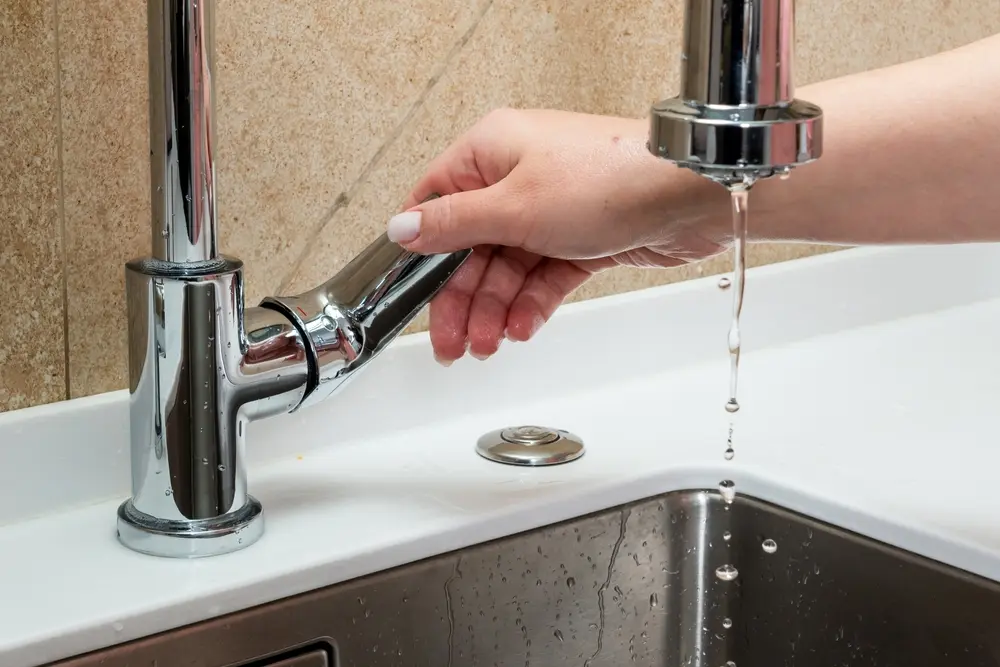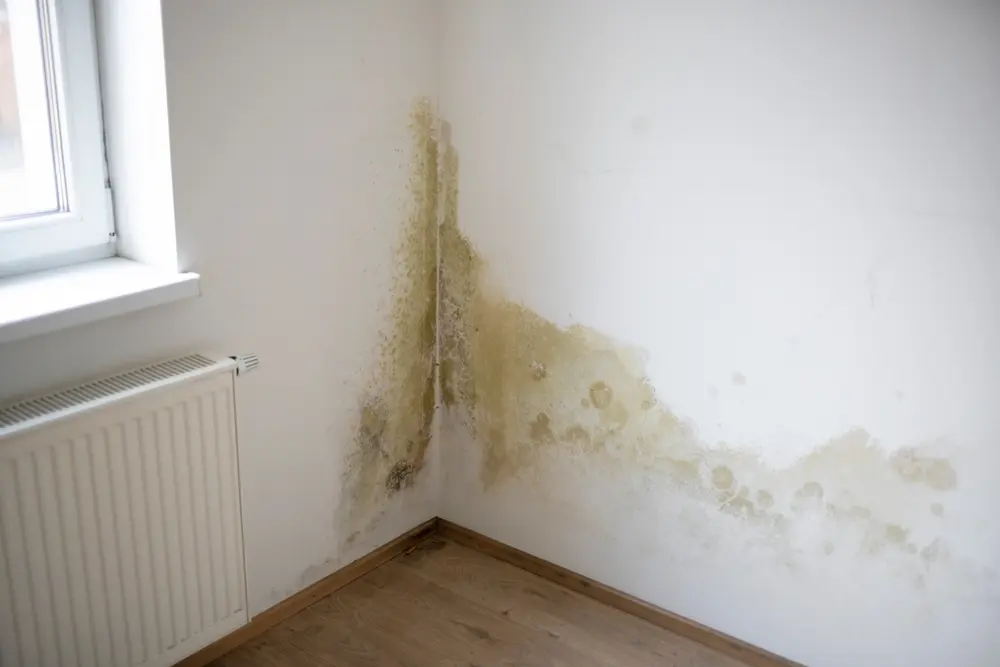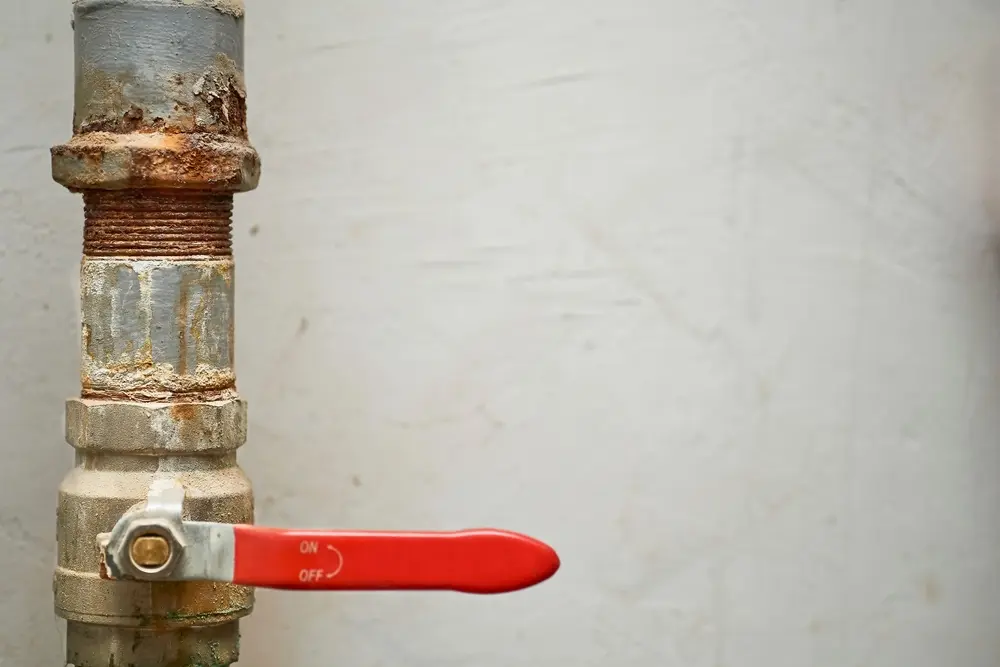When winter gives you the cold shoulder, your home should be a haven. With a warm blanket and cup of cocoa, you can rest easy—unless one of your pipes burst. A frozen pipe bursting not only disrupts your plumbing system but causes tremendous damage to your home, with a hefty repair bill to add on.
Catching the early signs of a frozen pipe is a key preventative measure that could spare you from this possible disaster. This blog will describe the common areas where your pipes freeze, the signs to look for, and how you can preserve your home’s plumbing.
Common Areas in Your Home Where Pipes Freeze
Some areas are more susceptible to damage than others. Areas you should keep an eye on include your basement, garage, attic, or even your crawl space. These areas normally lacked the insulation needed to prevent the cold air from freezing your pipes.
It’s best to find these areas quickly as when temperatures fall below 32 degrees and stay low, anything vulnerable to freezing, most likely will.
6 Warning Signs of Frozen Pipes to Watch For
Before you can take action to fix your frozen pipes, it’s best to understand the signs of one. The common warning signs of frozen pipework include:

-
Little to No Running Water
This is typically the first sign you’ll notice. Turn on your water from a faucet or fixture and see what comes out. If you get very little water or none at all, it means the water in your plumbing has likely frozen over. When frozen, it blocks access for your supply lines to deliver water.
-
Crack or Bulge in Pipe
Visible damage such as cracking lets you know that one of your pipes has frozen. These damaged areas come from the frozen water continually expanding within the pipe. The excess pressure will be too much for the pipe to handle causing it to burst. When this happens, the next step is immediately calling for professional assistance.
-
Visible Frost or Condensation
When the outside of your pipes has any accumulation of frost or condensation that is a clear sign of it being frozen. If the accumulation is visible, it shows that the material has been exposed to freezing temperatures. 
-
Strange Noises
Listen closely to the noises from your pipes. If you hear noises like a whistle or a gurgle, your pipe water has most likely frozen over. The noises are caused by unfrozen water attempting to push the blocked ice through the pipes.
-
Strong Smell From Your Drains
If your pipes have frozen over, your drains may emit a strong odor. This is due to the ice blocking any odors that attempt to exit your drains. Food or other types of waste may reverse their stench right back into your home.
-
Water Damage
If you find water damage around your home, a burst pipe may have occurred. This is typically the most destructive sign, as it indicates that your pipes are compromised and could continue causing further damage. Even worse, some water damage can even lie hidden inside your home. Luckily, there are ways to find hidden damage with certain indicators.
Signs of Hidden Water Damage in Your Home

If you see one or more of these factors, it’s a clear indication that somewhere, your pipework froze and burst. It’s best to call a professional plumber ASAP to address the compromised pipes.
- A musty odor in the air
- Walls and ceilings are visibly sagging, collapsing, etc
- Dirt-like stains of different colors, indicating the mold has begun growing
- Hearing the sound of running or rushing water
- Your wallpaper has begun bubbling or peeling
Why Frozen Pipes Are a Serious Threat To Your Home
Frozen water will continue to expand, building up more and more pressure. That pressure begins breaking the pipe’s material until it finally bursts, allowing any unfrozen water to escape into your home. The water can spread quickly, causing widespread damage in a short amount of time.
Recovering from this damage can take a while. If water is not sufficiently cleared out, these areas become the perfect environment for mold growth. Any presence of mold within your home is not a good thing at all. Breathing in mold spores not only affects pre-existing respiratory conditions but can cause new ones.
Expert Tips To Prevent Frozen Pipes
Frozen pipes can be destructive, but there is a way to help prevent them from freezing in the first place. Our professional plumbers have come up with a list of DIY tips to keep your pipework from getting the cold shoulder. 
You can prevent frozen pipes by:
- Have your thermostat set above 55 degrees to allow sufficient heating for the home
- Keep your faucets open to keep water moving
- Find shut-off valves for emergencies
- Install insulation or heating cables to pipes in unheated areas
- Open cupboards, cabinets, and vanities to provide additional heat to pipes
- Open outside spigots to allow water to drain out
- Close inside valves that control the water supply
- Have routine maintenance checks with a professional plumber
Prevent Burst Pipes With Proactive Maintenance and Care
When the winter chill comes around, you should be keeping both yourself and your pipes warm. If you start to notice gurgles or foul odors, a frozen pipe is likely the culprit. Being proactive by adding additional insulation to simply have warm enough heating settings could be the factor stopping severe water damage and costly repairs.
If the DIY methods aren’t cutting it, all is not lost. You have the professional plumbers from Charles Stone. With years of experience and state-of-the-art equipment, our plumbing pros can quickly assess and safely repair your frostbitten pipes. Our quick repair response quickly restores your pipes, keeping you cozy and comfortable during this cold winter season.
Charles Stone’s professional plumbers are ready to assist with a myriad of plumbing services. From leak detection to piping services, you can trust that your plumbing system is in good hands.

